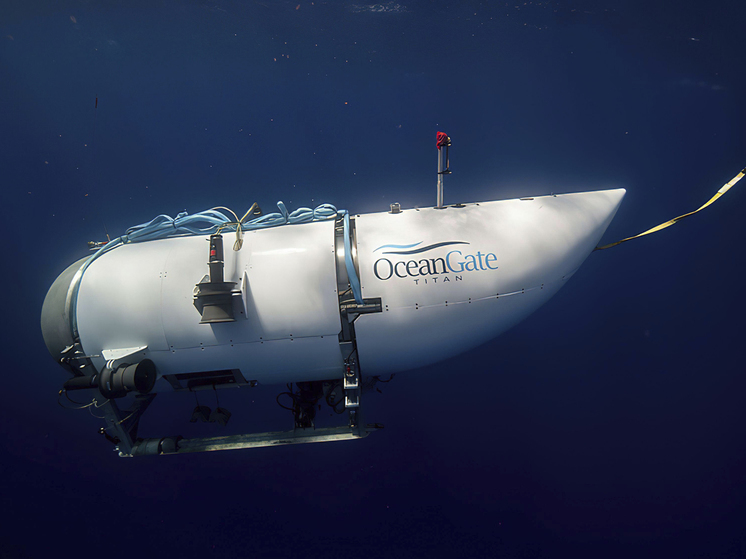Hopes of rescuing the crew members of the underwater vehicle are fading by the hour
The search operation continues at full speed in the area of the disappearance of the submersible in the waters of the North Atlantic, descending to the crash site of the Titanic. But with every passing hour, the chances of saving the five crew members of the underwater vehicle are becoming more and more elusive. A beacon of hope was the message that a Canadian aircraft in the search area found sounds coming from under the water.

Underwater noises have been detected by a Canadian aircraft in the search area for a missing submersible, the US Coast Guard's Northeast Agency said.
Searchs have so far yielded negative results, but will continue, writes The Guardian.
p>
“A Canadian P-3 aircraft detected underwater noise in the search area. As a result, ROV (Remotely Operated Unmanned Underwater Vehicle) operations were rescheduled in an attempt to find out the origin of the noises. These ROV searches have returned negative results, but the search continues,” the Northeast Coast Guard said in a statement.
U.S. Coast Guard Captain Jamie Frederick told reporters that U.S. and Canadian planes were scouring more than 25,900 square kilometers of the sea looking for the five-person submarine Titanic when it went missing on its descent to the Titanic shipwreck. on Sunday.
The Titanic shipwreck is 1,450 kilometers east of Cape Cod, Massachusetts and 644 kilometers south of St. John's, Newfoundland.
The Canadian ship Polar Prince conducted surface searches along with a Canadian Boeing P-8 Poseidon reconnaissance aircraft, according to the Associated Press. The Canadian military dropped sonar buoys to listen for any possible sounds coming from the Titan. The underwater robot is also conducting searches in the vicinity of the Titanic.
Two American Lockheed C-130 Hercules aircraft were flying. To assist in the search, three US Air Mobility Command C-17s transported another commercial company's submersible and support equipment from Buffalo to St. John's, Canada.
A Royal Canadian Navy ship with a medical team specialized in diving medicine and a six-person mobile recompression chamber was also en route.
Hope that the missing submersible will be found on the surface of the ocean is waning with every day, Professor Stephan Williams, director of the Digital sciences initiative at the University of Sydney, tells The Guardian.
According to him, at best, the submarine failed in the communication and tracking equipment, and she returned to the surface.
p>
If the bathyscaphe is floating on the surface, and aerial photography and ships nearby can detect it within the next day or so, then they will try to open the submersible (as far as we know, this can only be done from the outside) and free the crew.
< p>However, Professor Williams acknowledges that such an outcome is not guaranteed.
“Given that the submersible dive time is now much longer than planned and that the search has been going on for several days, this scenario looks increasingly unlikely. There is still some hope that a submersible will be found on the surface, but it is decreasing every day,” the expert notes. , she experienced a catastrophic failure in one of her systems: “This could include a complete failure of the pressure vessel in which the crew is located, or possibly some other failure in the systems of the submersible that prevented them from surfacing” .


